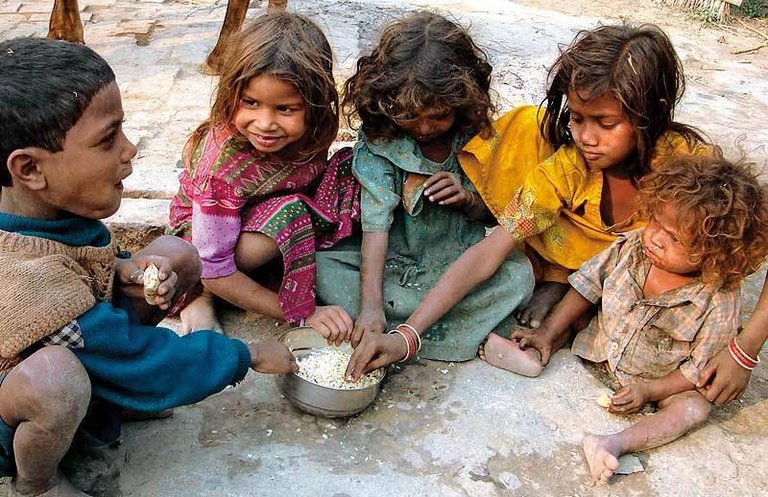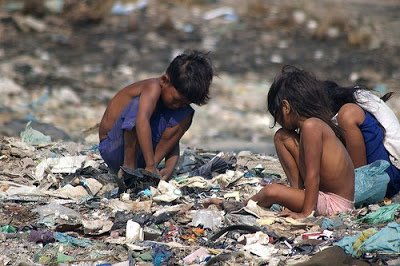American media has a history of ignoring the marginalized in our society.
Women, queer folk, people of color, and the elderly are all among the demographic groups that have been left out of our newspapers, magazines, and TV shows, rendering them nearly invisible, or at least inconsequential.
And although that’s slowly changing and these groups’ presences are becoming more prominent in the media and pop culture at large, due in large part to fierce activism, there’s still one group that’s often excluded altogether. And that’s America’s poor.
Now you may be thinking “But wait! I can think of an example! I can think of several!” And yes. Perhaps you can. But unfortunately, media representation isn’t enough; diverse and accurate media representation is essential.
And similar to the aforementioned groups, when classism and the plight of the poor are addressed in corporate media, the issues typically assume one of several (yawn, boring) roles – and it’s possible that you just never even noticed before.
And really, that’s what media literacy education is about. It’s about learning how to notice. It’s about being open and able enough to question what we see. And that’s what I want to help you do.
I want to help elucidate the problems so that you can be on the look-out from now on.
- The Poor As Invisible
For the most part, the poor in America’s media are invisible.
And why? Because no one wants to see that or hear about it.
We’d much rather watch a show about rich, superficial housewives squabbling over trivial issues, or New Yorkers living in huge apartments that they somehow magically can afford, despite having jobs that pay moderate wages, or no jobs at all.
This escapism – and that’s really what “reality” TV is – takes us away from the realties of our daily, monotonous lives, and enables us to live temporarily in a world wherein our own problems don’t exist. And I get why that’s nice.
Don’t get me wrong. I enjoy a little escapism myself. That’s why I read as much as I do. But we need to infuse a little nonfiction with our fiction in order to keep ourselves grounded.
We need to see that there are people out there who struggle, and who deserve to have attention paid to their struggles.
We need to see this and hear about it, so that we can keep our humanity intact and maintain our ability to have empathy and compassion for others.
When we make an entire community invisible in media, what we’re implying is that they don’t exist – not in any meaningful way.
And that’s why under- and misrepresentation is so important.
- The Poor As Statistics
When we hear about the poor on TV or read about them in the news, typically they’re described in the form of hard facts and poverty rates, rather than as human beings.
Take, for example, this excerpt from an article on RT.com:
In 2011, 46.2 million people in the US were living in poverty and the nation’s official poverty rate was 15 percent, up from 14.3 percent in 2009, according to the US Census Bureau. That figure appears to be the highest number seen in the 52 years for which poverty estimates have been recorded.
Pretty dry, huh?
Now, I know journalists have a job to present the information in the most accurate and factual way possible, but only including facts and numbers has a dehumanizing effect on the people that make up these statistics.
Also, these statistics prove that the percentage of people in the real world who live in poverty does not reflect what is portrayed on TV: 15% versus less than 1%, respectively.



Hi! I am a robot. I just upvoted you! I found similar content that readers might be interested in:
http://everydayfeminism.com/2013/09/poor-people-in-the-media/